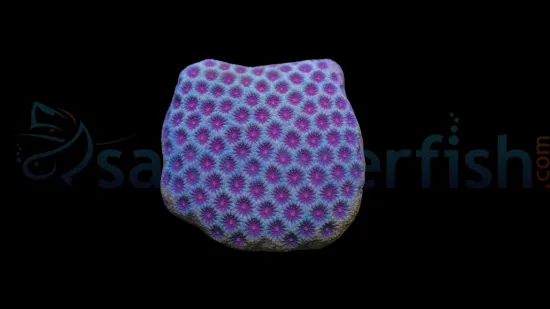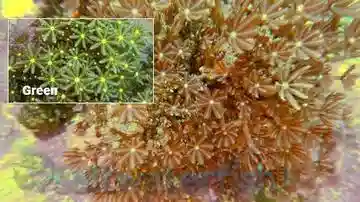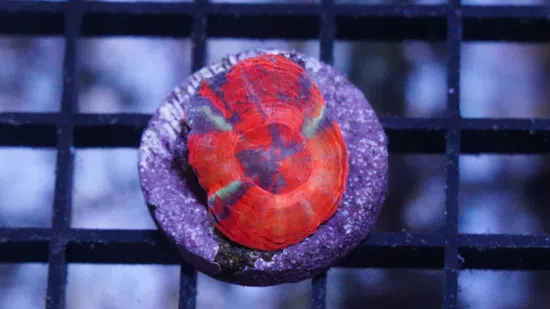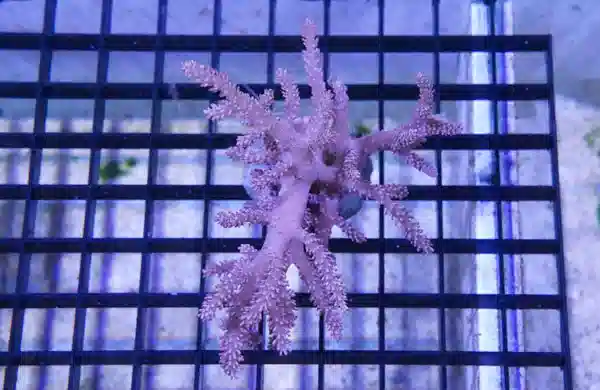Kenya Tree Coral - Aquacultured
Capnella sp.
(10 Reviews)
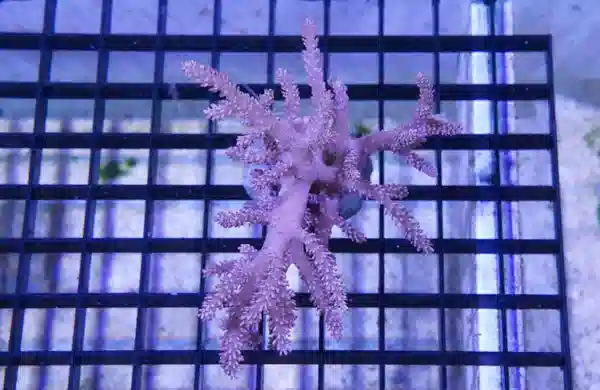
Kenya Tree Coral - Aquacultured
Capnella sp.
(10 Reviews)
{{ item.name }}
Size: {{ item.extra_field_3 }}
${{ getFormattedPrice(item.saleprice) }} ${{ getFormattedPrice(item.price) }}
To join the waiting list, click here
Free Shipping
With
$199.00
or more in Marine Life.
More details...
Kenya Tree Coral - Aquacultured Care Facts
| Care Level: | Easy |
|---|---|
| Temperament: | Peaceful |
| Diet: | Filter Feeder |
| Reef Safe: | Yes |
| Minimum Tank Size: | 50 Gallons |
| Max Size: | |
| Lighting: | Moderate |
| Placement: | Any |
| Waterflow: | Moderate to High |
The Aquacultured Kenyan Tree Coral (Capnella sp.) for Saltwater Aquariums
The Kenyan Tree Coral (Capnella sp.) is a captivating and popular addition to saltwater aquariums. Known for its delicate and branching structure, this coral species adds a touch of elegance and grace to marine environments. Let's explore the Kenyan Tree Coral's habitat, growth rates, size, lifespan, diet, aquaculture potential, other common names, and compatible tank mates.
Habitat of the Kenyan Tree Coral
The Kenyan Tree Coral is native to the warm waters of the Western Indian Ocean, particularly in the region of Kenya and Tanzania. In the wild, they are commonly found in shallow reef environments with moderate water flow, often growing on rocks or rubble.
Growth Rates of the Kenyan Tree Coral
The growth rate of the Kenyan Tree Coral can vary depending on the aquarium's conditions and the care it receives. Under proper water quality, lighting, and feeding, this coral can experience moderate growth, gradually forming beautiful branching structures.
Size and Lifespan of the Kenyan Tree Coral
The Kenyan Tree Coral can grow to have a height of about 4 to 6 inches (10 to 15 cm) and spread across a few inches more. With proper care, it can have a lifespan of several years or more in a well-maintained aquarium.
Diet of the Kenyan Tree Coral
The Kenyan Tree Coral is a photosynthetic coral that uses its zooxanthellae, symbiotic algae, for nutrition. Additionally, it can capture and consume tiny planktonic organisms, benefiting from occasional feeding with marine foods like brine shrimp or phytoplankton.
Aquaculture of the Kenyan Tree Coral
The Kenyan Tree Coral is available in the aquarium trade, and captive-bred specimens are common. Aquaculture of this coral has been successful, leading to increased availability and sustainability in the hobby.
Other Common Names
In addition to the name "Kenyan Tree Coral" or "Capnella sp.," this species is also known as the "Kenyan Tree Coral" or "Soft Finger Coral."
Compatible Tank Mates for the Kenyan Tree Coral
- Clownfish (Amphiprion spp.): Peaceful clownfish can coexist harmoniously with the Kenyan Tree Coral. The presence of the coral can provide a natural and visually appealing habitat for the clownfish.
- Royal Gramma (Gramma loreto): Peaceful royal grammas can be compatible tank mates for the coral, adding color and diversity to the aquarium.
- Firefish (Nemateleotris magnifica): These small and peaceful fish share a compatible tank environment with the Kenyan Tree Coral.
- Gobies (e.g., watchman gobies or neon gobies): Peaceful gobies can cohabit harmoniously with the coral, adding diversity to the tank.
- Cleaner Shrimp (Lysmata amboinensis): The peaceful Cleaner Shrimp can be compatible tank mates.
The Kenyan Tree Coral (Capnella sp.) is a delicate and elegant addition to saltwater aquariums. Its branching structure and graceful appearance make it popular among marine enthusiasts. Aquarists can enjoy the beauty of these stunning corals in their aquariums by providing them with a suitable environment and compatible tank mates. With proper care and attention, the Kenyan Tree Coral can thrive and become a focal point of admiration in any saltwater aquarium.
Frag looked great. Once in the tank didn’t take long to open up and acclimate.
Reviewed by: Brent Roberson on March 4, 2025
Reviewed by: David Mcgee on Feb. 3, 2025
Reviewed by: Ethan Brown on Nov. 9, 2024
Reviewed by: Jeffery Mona on March 3, 2024
Doing great!
Reviewed by: Jessica Melanie Greathouse on Jan. 31, 2024
What's the par high or low placement in tank
Reviewed by: Toni Guzzo on Dec. 19, 2023
Pretty.
Reviewed by: Dinah Martin on Nov. 6, 2023
Reviewed by: Sherri Meyer on Oct. 30, 2023
Absolutely beautiful and acclimated in no time. It’s open and healthy.
Reviewed by: Jacob Hill on Sept. 20, 2023
Reviewed by: Neal Collins on Aug. 2, 2023


